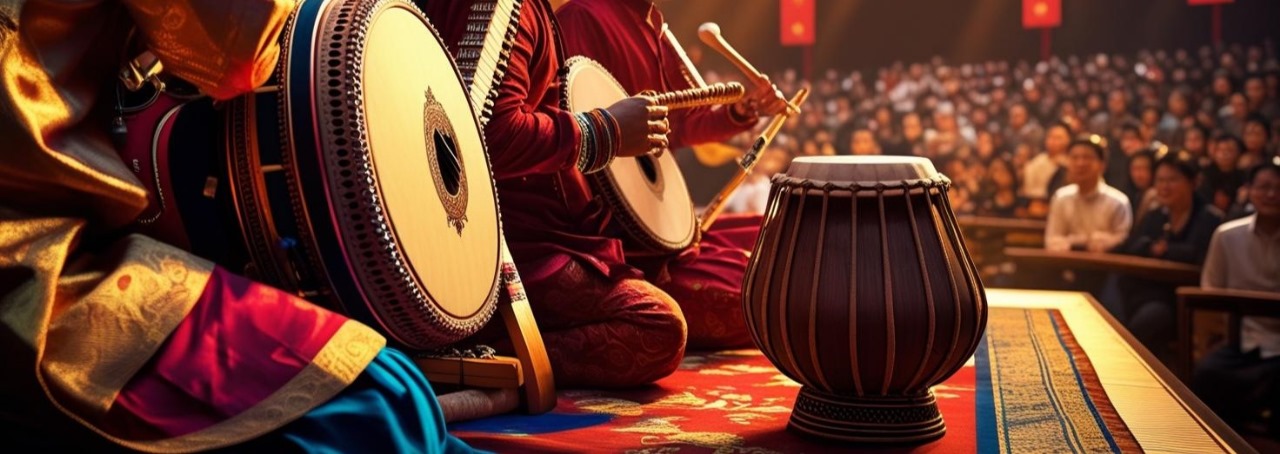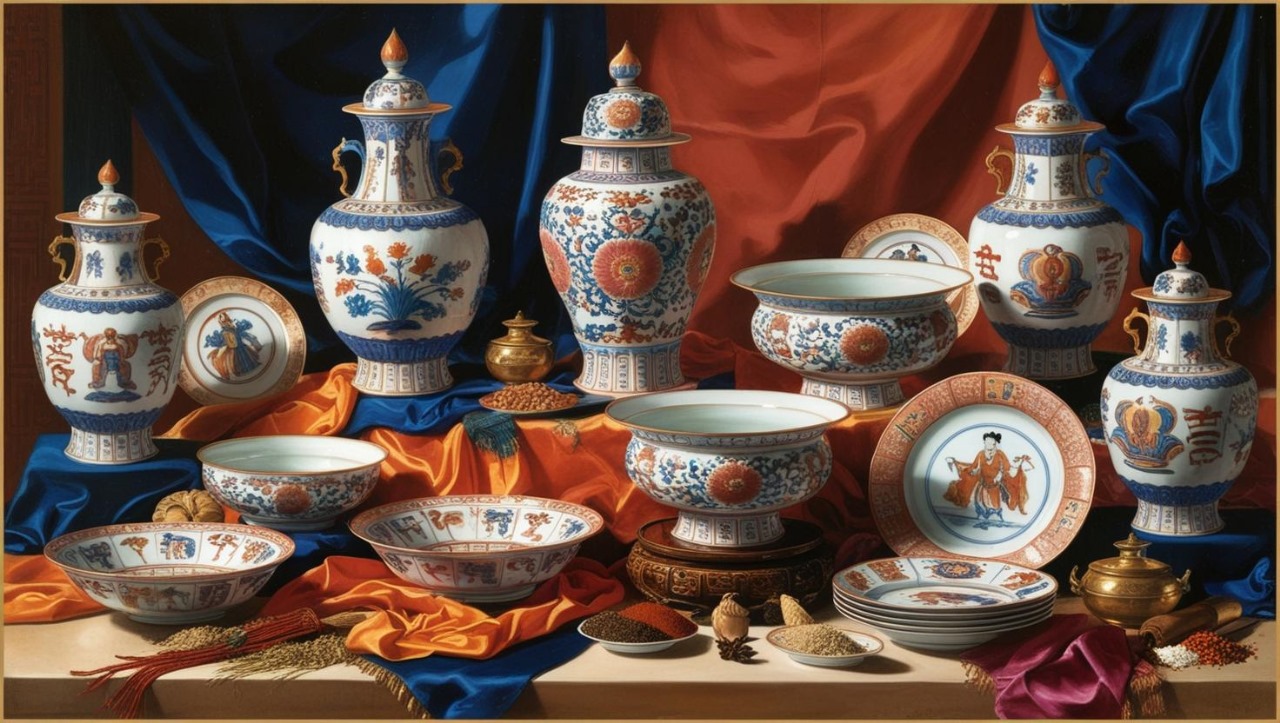The dominant paradigm of India-China relations in the modern era, defined by contested borders and strategic competition, coexists alongside a rich tapestry of contemporary cultural linkages and people-to-people contacts. The multitude of cross-border connections and dialogues between the two Asian great powers are sustained and transmitted in a variety of ways, reiterating and reinforcing the storied civilizational foundations of India and China’s bilateral relationship. Just as they engaged with each other for over two thousand years, influencing society and culture across the Himalayan and Indian Ocean worlds, the people and cultures of both countries have continued to interact with each other in various ways in the modern era. The Episodes of India-China Exchanges: Modern Bridges and Resonant Connections project is an effort to detail the modern, and some historical, episodes of cultural exchange in the form of ideas, people and objects, which form the landscape of India and China’s cultural relations in the contemporary period.
The Episodes of India-China Exchanges project is rooted in a desire to enhance public consciousness of India’s contributions to Chinese culture and society and vice versa. Through creative retellings of the stories and journeys made by ideas, people and objects, we hope to improve the understanding of India and China’s contributions to each other's society. A secondary aim of our project is to reorient focus of India-China interactions from geopolitics to exciting but less-well known aspects of contemporary linkages and exchanges. We believe that by presenting the modern bridges and resonant connections between India and China, we add necessary context and value to India and China’s interactions in the domains of foreign policy, trade and technology.
Intermediaries in India-China Exchanges
The rich variety of cultural and people-to-people linkages between India and China is driven by go-betweens; intermediaries and agents transmitted between the two countries, facilitating communication and interaction. These intermediaries are responsible for the flow of knowledge, trade, religion and other vectors of culture between two geographies, cultures or societies. Typically, go-betweens take the form of merchants, diplomats and missionaries, but our project incorporates the contributions of go-betweens of various kinds, which facilitate a dialogue and promote intercultural understanding between India and China in the contemporary period.
India-China cultural and people-to-people relations are typically understood through the prism of Buddhism, which was a rich and potent channel of exchange of ideas and knowledge from the 1st century (100) A.D to 11th (1100) century. Our understanding of cross-border linkages is also dominated by the journeys and influences of famous Chinese or Indian travellers and scholars like Xuanzang, Fa Xian, Bodhidharma or Nagarjuna. While these vectors of influence are inadequately covered by history textbooks in India and China, the numerous contemporary and modern episodes of cultural exchange are worth detailing and can augment the heft of civilizational connections.
The Episodes of India-China Exchanges: Modern Bridges and Resonant Connections project is designed to bring modern linkages and resonant historical connections to the forefront of India-China interactions. For example, it will detail the story of communities; Indian students travelling to China to study medicine and their experiences, as well as Sikh communities who operated as revolutionaries and extensions of the British empire in China. We also look at the impact of certain products, like the unmistakable influence of Chinese video games in India and the rise and fall of Chinese initiatives in India like Confucius Institutes and Sister City agreements. We also examine the role of prominent individuals like Dev Raturi, an Indian actor making waves in China’s film industry, as well as the undying influence and legacy of Dr. Dwarakanath Kotnis, an Indian doctor who treated Chinese soldiers. This project also explores the influence of go-betweens like tea, which captures the colonial experiences of India and China, while also presenting the story of the bodhi tree, an enduring symbol of India-China diplomatic contacts.
To communicate the breadth and strength of cultural contacts characterizing India-China relations, we have constructed a simple scale that represents time and soft power potential. The Index has two scales, one (X-axis) to measure the historical or contemporary nature of the intermediary, and the other (Y-axis) to measure its limited or strong soft power potential. The objects, people and ideas in this project have been presented in reference to their position on these axes, offering a single-window guide for understanding the landscape of the modern bridges and resonant connections in India-China cultural relations. For instance, some intermediaries have existed only in the contemporary period, like Confucius Institutes or Bollywood, but have fairly strong soft power potential. On the other hand, cotton has a historical relevance in India-China relations, but very limited soft power potential.
New episodes are released every few weeks and the project is a long-term commitment to building a vital resource for audiences to digest the richness and variety of underappreciated and understudied stories in India-China relations. We take a multimedia approach to the story of India-China linkages, with digital media to support narratives. We hope the project offers an enriching experience to audiences while also contributing to a deeper understanding of the long standing connections between both societies.

.png)
.jpg)



